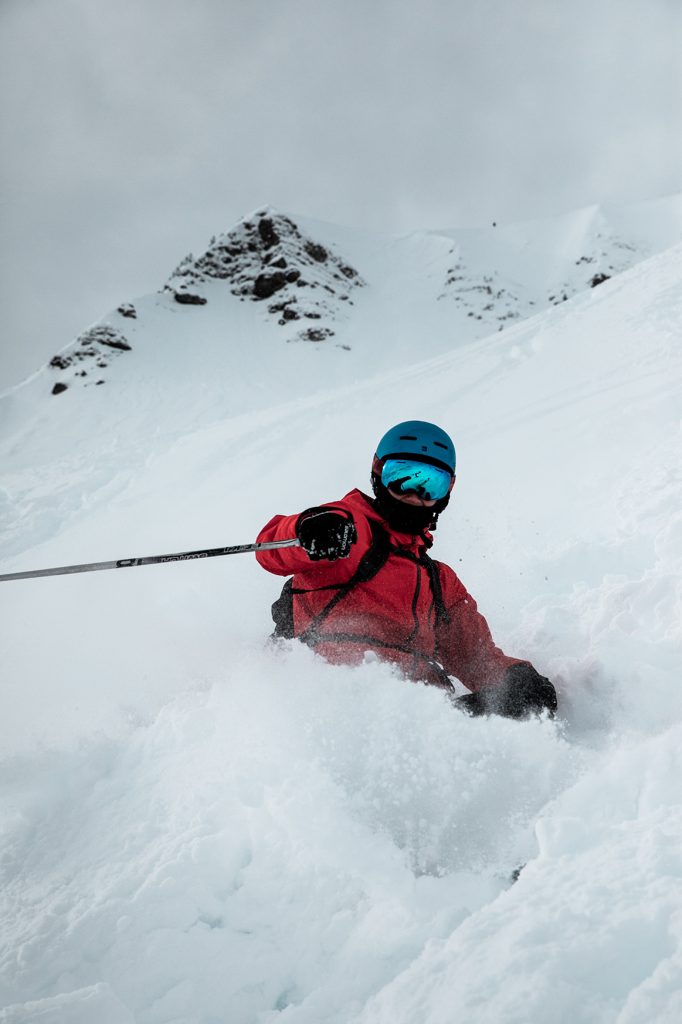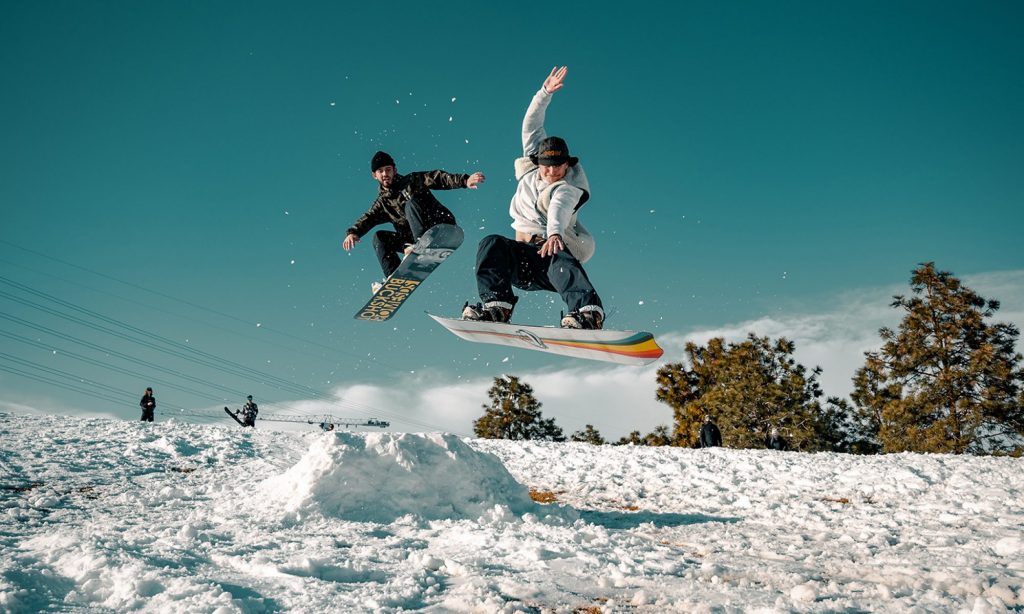NOMAD WELLNESS NISEKO | 070 9090 8183 | info@nomadwellnessniseko.com
Prevention
We stock a range of protective knee braces at the clinic that you can choose from, as well as some of the newest tech called STOKO, which is legging that you can use as a thermal that hides 90 feet of adjustable high-strength cables that reinforces your body’s muscles and ligaments, providing medical-grade knee bracing that doesn’t hold you back.
Skihab
Sport-specific training programs that focus on strengthening the muscles around the knee, improving balance, and enhancing agility can help reduce the risk of ACL injuries in both skiing and snowboarding. This is crucial and often overlooked when preparing for a ski trip.
Proper Technique
Learning and practicing proper skiing and snowboarding techniques, including controlled turns and landings, can contribute to injury prevention. Just like in any sport, this is why it is important to build a proper foundation and habits when learning. We recommend an instructor or lessons.
Equipment Check
Ensuring that ski bindings are correctly adjusted and regularly checking equipment for wear and tear is crucial to prevent ACL injuries during skiing.
Protective Gear
Consideration of protective gear, such as knee braces, especially for individuals with a history of knee problems or those participating in high-risk activities.






